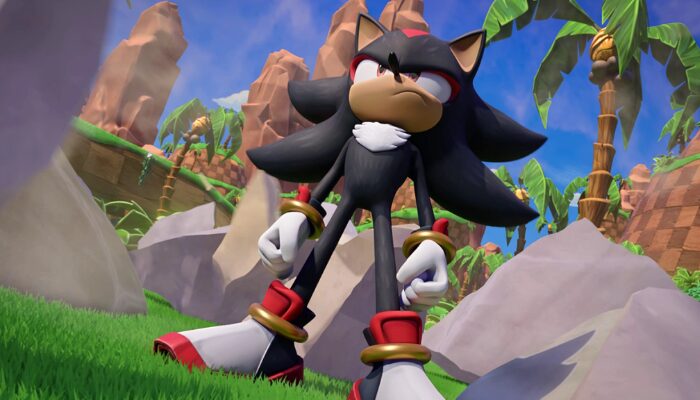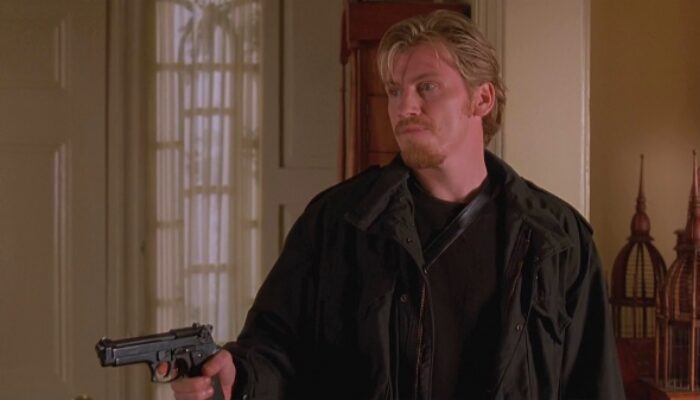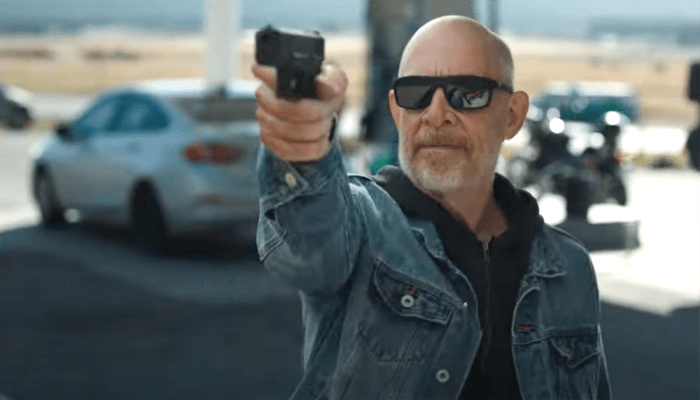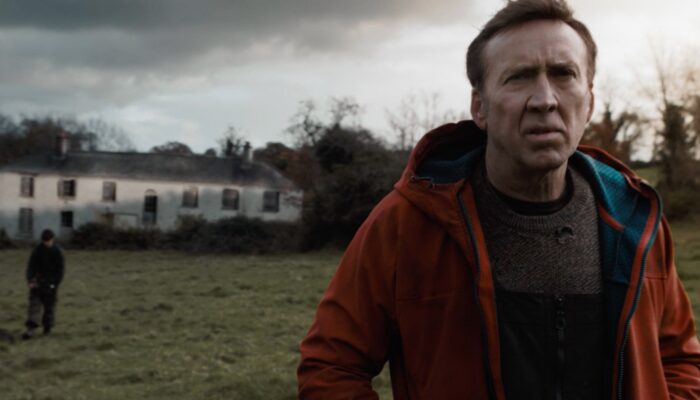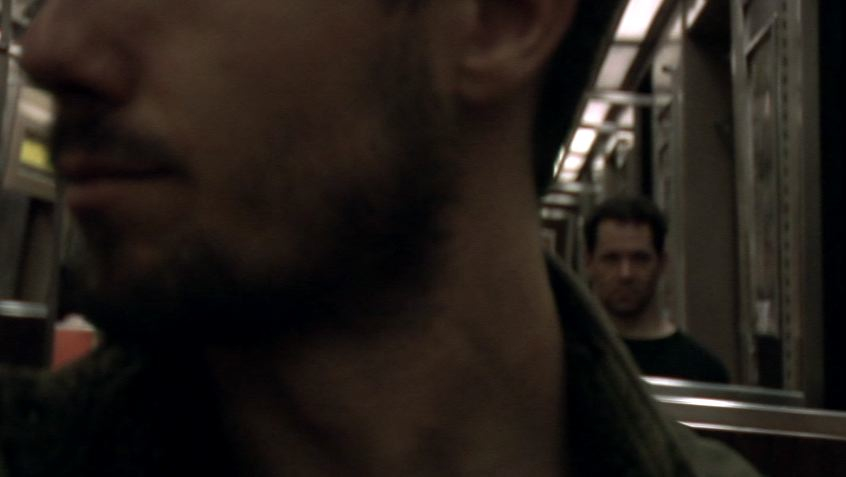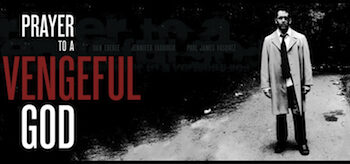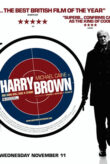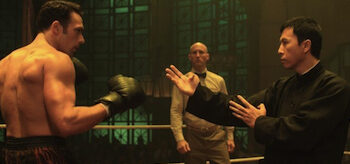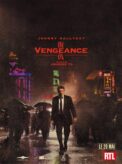Film Review: PRAYER TO A VENGEFUL GOD (2010)
Much like Aja’s Haute Tension, the viewer of Prayer to a Vengeful God is given the consequences of undisclosed actions right at the outset of the film then the viewer learns what led up to it throughout the remainder of its runtime.
It may have been a long time since the viewer has been a silent movie, so long in fact that they can not remember the last time. This will end all once they see Prayer to a Vengeful God.
Bearing no precursor going in is the best way to enter the world of this film. After ten, fifteen minutes the viewer will notice that all conversations are off screen and no one says anything in front of the camera.
Automatically, this is a different type of movie watching experience. The viewer has to pay attention to the visual as that functions as the narrative as well.
The way the film is segmented may remind some of Quentin Tarantino’s similar chapter technique he frequently employs as well as Valhalla Rising. Valhalla Rising has long periods of silence, initiated by the main character – One Eye – not being able to speak and the viewer has to interpret what they are seeing because there is no explanation. A similar situation is true of Prayer to a Vengeful God, though its obvious what is going on in this film while interpretation of the visuals in Valhalla Rising was almost a laborious exercise.
Prayer to a Vengeful God slowly turns from drama to violent opus after the protagonist – John Krause (Dan Eberle) – is told what was really going on with his wife – Jennifer Krause (Jennifer Farrugia) – and possibly why he was almost killed. Everyone in the film has to act with their face and body language, their emotions playing across those mediums as they react to each other and the situations they encounter.
Prayer to a Vengeful God is another in a long line of revenge films that should pale in comparison to good The Punisher films, but since those films don’t exist, this film outshines what currently passes for Punisher films. The good guy gone black Merc in Prayer to a Vengeful God is unapologetic. By the end of his descent, he kills opponents in ruthless fashion, regardless of logic and covering his tracks so he isn’t apprehended by the authorities. One ruthless instance in particular comes to mind with a blue plastic tarp, something very theatrical and entertaining to see. Remember what Ras Al Ghul taught his star pupil in Nolan’s Batman Begins: “Theatricality and deception are powerful weapons.” The blue trap scene’s real world probability is an issue but the touché reaction later in the film from the intended intimidated made it more than worth it.
The viewer will have no idea what is in the blue trap when it is returned to its sender but they will be sad when they find out, especially because of a slap that was supposed to prevent calamity and abscond those not involved from danger.
Many revenge films exist – one series in particular was distinguished by continued diminishing returns – but it’s rare to see the protagonist in one of these films with an actual Death Wish.
Prayer to a Vengeful God has many film noir moments around its protagonist because of the film’s long, unbroken silences. One is particular on a train may remind the viewer of Le Samouraï.
How John found would-be allies, interacted with them, and a bond of friendship formed toward him or who he was before he slowly changed was organic, they felt sorry for him, they could see he was in need. Their humanity or the feeling of a kindred spirit was brought out in them throughout the different chapters of the film. The two chapters of this nature that stand out are Urchin and Transient.
John learning hand-to-hand combat – not the over-the-top Hollywood variety but sensible, close quarters street combat – was thankfully not relegated to a quick-cut montage. During their many training sessions together, teacher (Paul James Vasquez) and apprentice seem to take real hits with no padding. Once again, the action is all face and body language. Then the inevitable happens: graduation day, one of the best and non-lethal hand-to-hand combat moments in the film.
The ending to the film will again remind viewers of Haute Tension. Both have twist endings that are designed to be the apex of the films, the cherry, yet unraveled and called into question all that had preceded them when one person is substituted for another and scenes are shown from different angles with the new person. In Haute Tension, the viewer wants to buy it but can’t because there are too many inconsistencies in the storyline as a result of it being true. The same is in effect in Prayer to a Vengeful God. Lust, love, and insanity are the motivations in Haute Tension, jealousy and guilt are the ones in Prayer to a Vengeful God. Even though that is the case, both plots lead to a similar “substitution” finale, leaving the viewer to ponder over what they had seen and re-evaluate it.
Dan Eberle’s Prayer to a Vengeful God is a break from the narrative norm where the images tell the story. It’s not a perfect revenge film – hurt in part by its finale like Scott’s Man on Fire (the scene with The Voice at the very end) – but it is a good one.
Rating: 7.5/10
Related Articles
FilmBook's Newsletter
Subscribe to FilmBook’s Daily Newsletter for the latest news!


